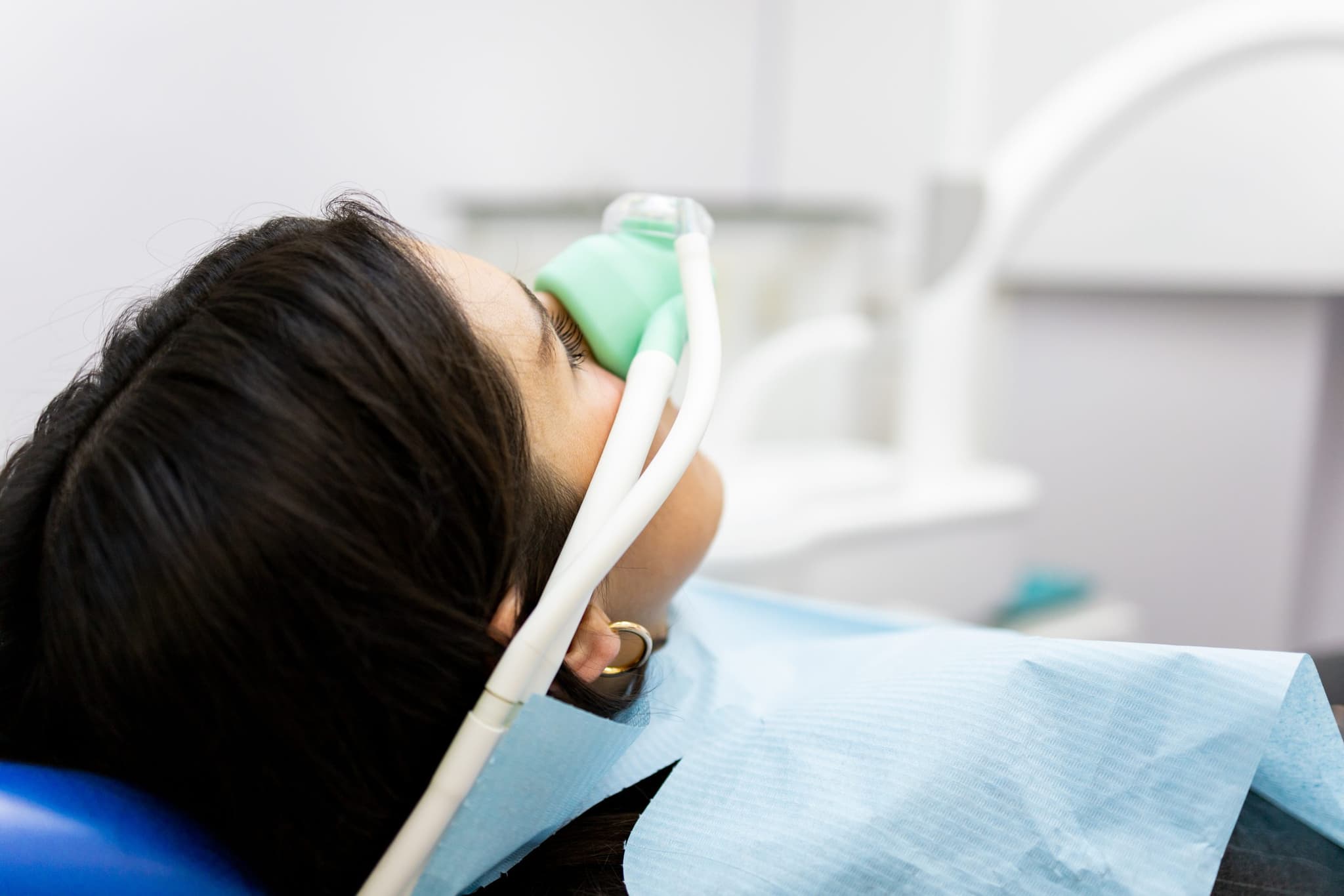
2025-12-17T17:11:43
Why OBGYN Clinics Are Using Nitrous Oxide for Pain Relief
- OB/GYN
August 24, 2017 | Family Medicine • OB/GYN
Specialties:Family Medicine

Heart disease, including heart attack, is the number one cause of death in the United States. Stroke, a related condition, is the number five cause of death in the United States.
Several factors that contribute to heart attacks and strokes are not under our control, but many of the biggest factors are—including your lifestyle, which is your best defense against these life-altering events. Here are several steps you can take to help lower your risk of heart attack and stroke.
Research has shown that three or four sessions of moderate-to-vigorous physical activity per week, lasting roughly 40 minutes per session, can help lower blood pressure, cholesterol and weight—all of which have a positive impact on lowering your risk of heart attack and stroke. Some good exercises include:
Try to mix up these exercises to keep the body fresh. If you’re tight on time, break the routine into chunks when you have time available.
Obesity puts you at higher risk for high cholesterol, high blood pressure and insulin resistance, a precursor of type 2 diabetes—all of which are factors that can increase your risk of heart attack or stroke. Obesity is common in both children and adults in the United States.
Setting reasonable goals is important—an obese person does not need to become extremely thin to reduce their risk of heart attack and stroke. In fact, even losing 5 to 10 percent of weight can improve cholesterol and lower blood pressure and blood sugar levels.
Taking any prescribed heart medication on time and exactly as your doctor recommends is important. If you frequently forget your medicine or are hesitant to take it due to side effects or cost, speak to your doctor about your options.
A healthy diet is one of the most important factors in preventing heart attacks and stroke. Emphasize the following foods in your daily meals:
Alternatively, try to avoid or limit your consumption of the following foods:
Moderate alcohol consumption can have a positive effect on reducing your risk of heart attack and stroke. No more than two drinks per day for men and no more than one per day for women can be beneficial—a single drink is defined by the National Institute on Alcohol Abuse and Alcoholism as 1-1.5 fluid ounces of 80-proof spirits, 5 fluid ounces of wine or 12 fluid ounces of regular beer.
Drinking more than the recommended amount can raise blood pressure and increase your risk of stroke, heart attack, cancer and other diseases.
Dark chocolate with at least 70 percent cacao ingredients can help protect the heart via nutrients found in it. Stick to small portions, however, to maintain a healthy.
It’s tougher to recover from a heart attack or stroke if you smoke, and smoking dramatically increases your risk of heart attack and stroke. Secondhand smoke can also lead to heart issues, so you may be helping more than just yourself if you quit.
If you see any symptoms commonly associated with heart attack or stroke, see your doctor as soon as possible. These symptoms may include:
For more recommendations on the right kinds of habits to lower your risk of heart attack and stroke, speak to your doctor.
“Lifestyle Changes for Heart Attack Prevention.” American Heart Association. http://www.heart.org/HEARTORG/Conditions/HeartAttack/LifeAfteraHeartAttack/Lifestyle-Changes-for-Heart-Attack-Prevention_UCM_303934_Article.jsp
“Tips to Lower Risk of a Heart Attack or Stroke.” WebMD. http://www.webmd.com/heart-disease/stroke-heart-risk
WRITTEN BY:
The Live Better Team

2025-12-17T17:11:43

2025-11-21T14:10:25

2025-11-03T11:32:24

2025-10-21T11:51:52
This information is not intended to replace the advice of a medical professional. You should always consult your doctor before making decisions about your health.